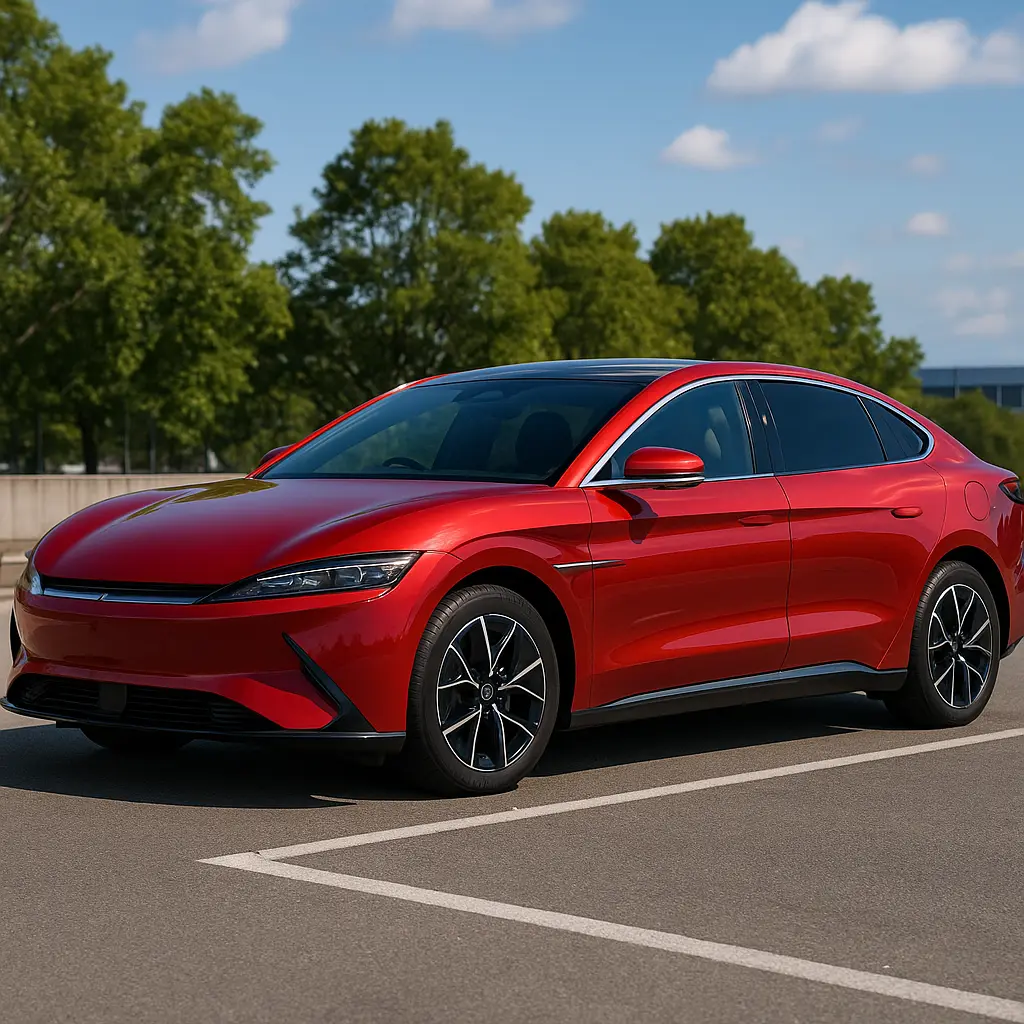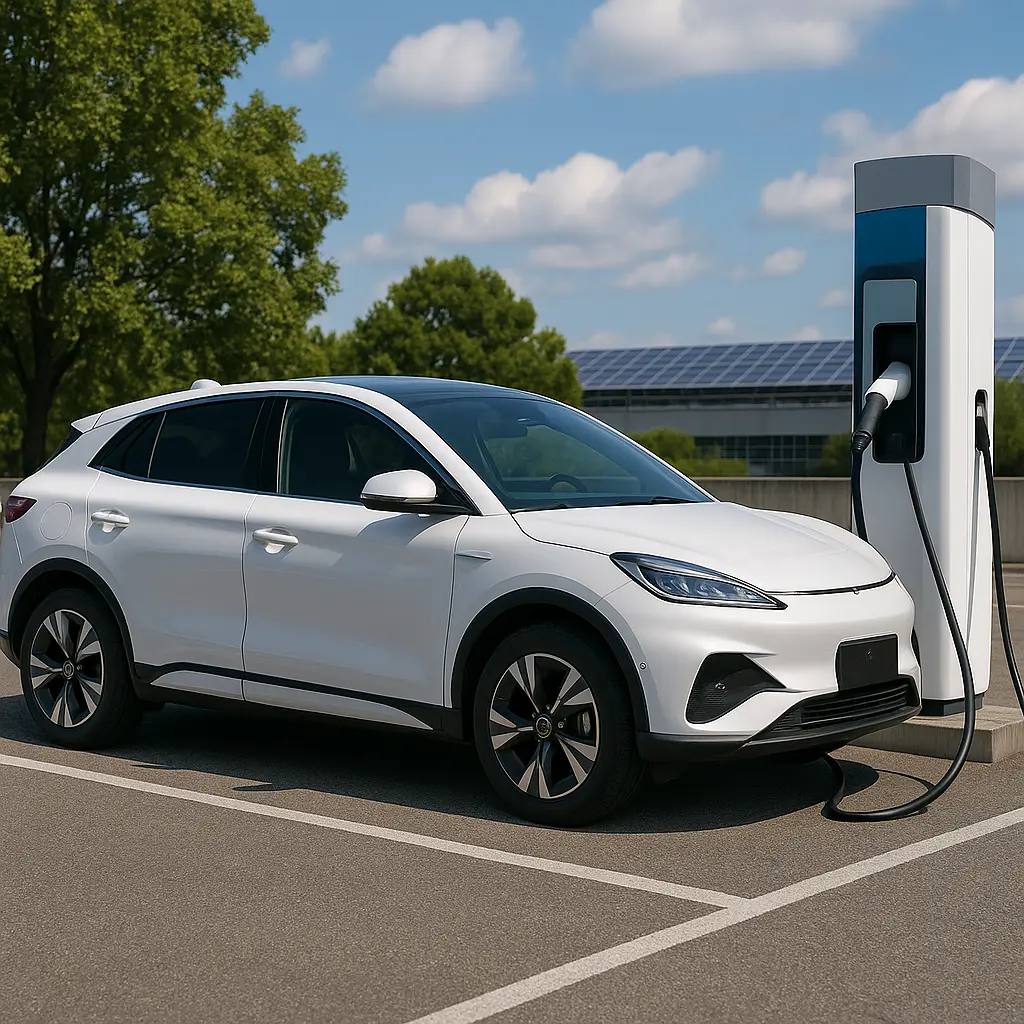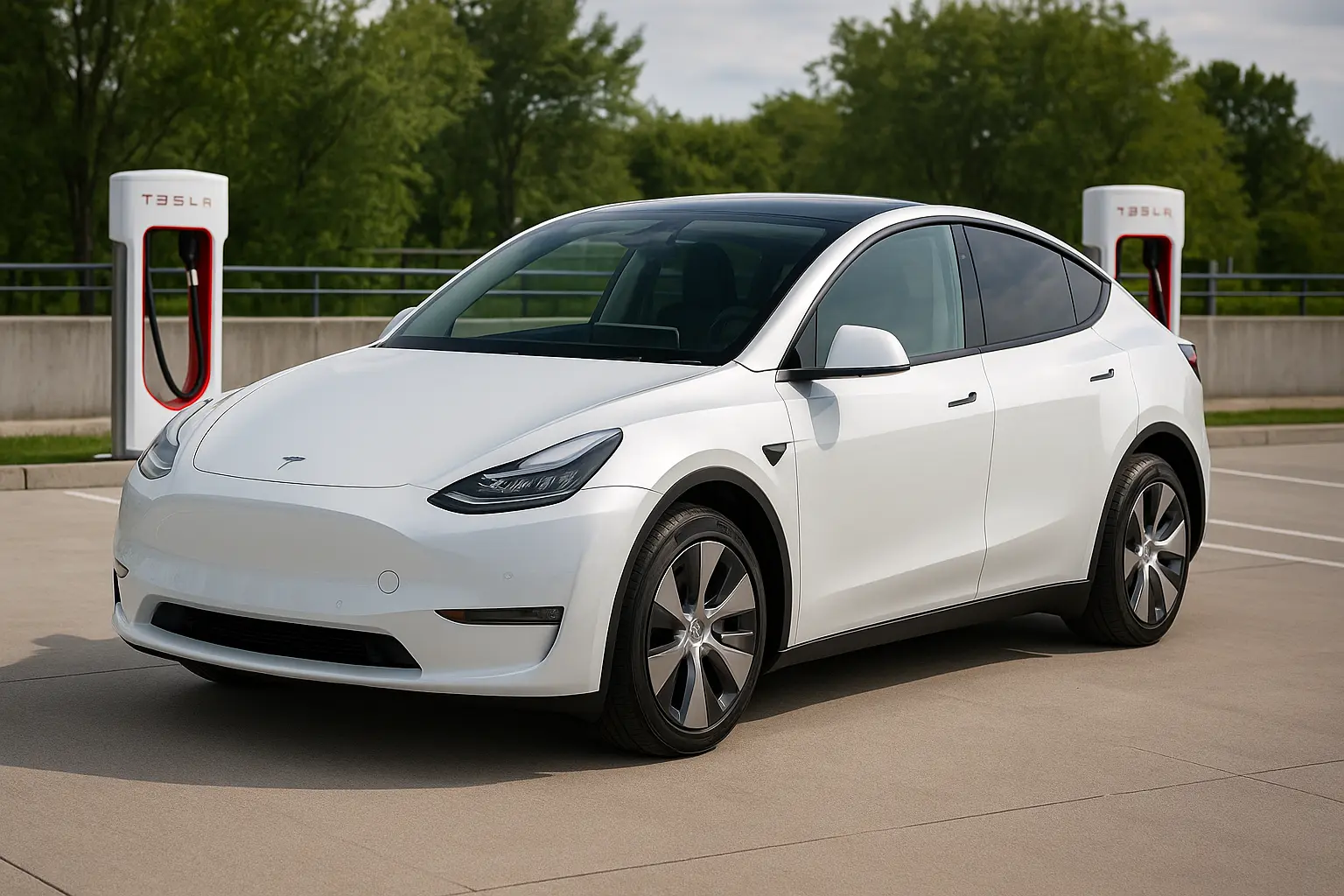Why Australians Are Switching to Chinese EVs in 2025

Introduction: The Rise of Chinese EVs Down Under
The Australian automotive landscape is undergoing a seismic shift in 2025. Chinese electric vehicles (EVs) have rapidly gained traction, offering compelling packages of affordability, cutting-edge technology, and competitive driving range. Once seen as low-tier imports, Chinese carmakers are now giving established players like Toyota, Hyundai, and Volkswagen a serious run for their money.
With models like the BYD Seal, MG4 EV, GWM Ora, and others hitting the roads, it’s not just price that’s turning heads—it's innovation, design, and electric efficiency. But why exactly are Australians switching to Chinese EVs in droves? Let’s explore.
1. Affordability Without Compromise
Lower Entry Price
Chinese EVs are redefining what “budget” means. Take the MG4 and BYD Dolphin, for example—two hatchbacks priced under $40,000 driveaway in many states with rebates. These are not stripped-down cars; they come equipped with generous features like:
- Apple CarPlay/Android Auto
- 360-degree cameras
- Adaptive cruise control
- Decent battery range (350–500 km)
Competitive Running Costs
Compared to petrol-powered counterparts, Chinese EVs offer drastically lower running costs. Electricity in Australia is far cheaper than fuel per km. Combine that with reduced servicing (no oil changes or spark plugs), and ownership becomes much more affordable over time.
2. Generous Features and Tech-Packed Interiors
Tech for the Masses
Chinese brands are winning over tech-savvy buyers with digital interfaces and futuristic cabins. Expect:
- Massive floating infotainment screens (10”–15”)
- Digital instrument clusters
- Voice-controlled climate and media
- Over-the-air software updates (OTA)
BYD’s “DiLink” system, for example, is fully Android-based, offering a customisable experience akin to a tablet.
Safety as Standard
Many Chinese EVs now offer 5-star ANCAP safety ratings and advanced driver assistance systems (ADAS) such as:
- Autonomous Emergency Braking (AEB)
- Lane Keep Assist
- Rear Cross Traffic Alert
- Blind Spot Monitoring
These are included in the base models—no extra cost bundles required.
3. Expanding Dealer and Service Networks
Building Local Trust
In the past, concerns about servicing and support kept buyers wary of lesser-known Chinese brands. Fast forward to 2025, and the landscape is different:
- BYD now has partnerships with Eagers Automotive and EVDirect, expanding showrooms and service locations.
- MG and GWM (Great Wall Motors) have nationwide dealer coverage.
- Most brands now offer 7-year or unlimited-km warranties.
Local availability of parts and trained technicians is no longer a major issue, removing another barrier to adoption.
4. Range Anxiety? Not Anymore
Real-World Range That Matches Aussie Driving Habits
Many Chinese EVs now come with batteries ranging from 50kWh to over 80kWh, delivering:
- MG4 Long Range – up to 530 km WLTP
- BYD Seal – 570 km WLTP
- GWM Ora – around 420 km real-world
For urban commuters, even entry-level models like the BYD Dolphin (340–400 km) are more than sufficient for a week’s driving between charges.
Compatibility With Charging Infrastructure
Chinese EVs are also well integrated into Australia’s growing charging network. Most support:
- Type 2 and CCS2 charging ports
- 80–150 kW DC fast charging
- In-built navigation to find chargers
Brands are actively partnering with Chargefox, Evie Networks, and NRMA for seamless charging.
5. Government Incentives Are Fueling the Trend
Federal and state governments in Australia offer significant incentives in 2025:
- NSW and VIC: Stamp duty exemptions for EVs
- QLD: Up to $6,000 rebates on eligible EVs
- Fringe Benefits Tax (FBT) exemptions for fleets and novated leases
Chinese EVs often fall below the price thresholds for these benefits, making them more financially appealing than premium EVs like the Tesla Model Y or Hyundai Ioniq 5.
6. Styling and Design No Longer a Weak Point
Modern, Eye-Catching Aesthetics
Early Chinese cars were criticised for awkward design. Today, you’d be hard-pressed to tell the difference between a BYD Seal and a Polestar 2. Key elements include:
- LED headlights and taillights
- Sleek, coupe-inspired silhouettes
- Flush door handles
- Aerodynamic 19–20" alloys
Design studios in Germany and Italy are now actively contributing to Chinese car aesthetics.
7. Fleet and Rideshare Adoption
Uber, DiDi, and fleet managers are turning to Chinese EVs for their:
- Low total cost of ownership
- High efficiency in stop-start traffic
- Spacious interiors
- Long range and short charging downtime
Models like the MG ZS EV and BYD Atto 3 are commonly seen in urban rideshare fleets, further increasing public exposure and trust.
8. Environmental Awareness Among Aussie Buyers
Lower Carbon Footprint
Many Australians are choosing EVs to reduce their environmental impact, and Chinese brands offer accessible ways to go green. Lifecycle assessments show:
- Fewer emissions over time vs ICE vehicles
- Battery recycling programs underway
- Use of sustainable interior materials (e.g., vegan leather, recycled plastics)
Chinese automakers are leaning into the eco-conscious narrative with active commitments to cleaner supply chains and zero-emission targets.
9. Established Brands Falling Behind?
Japanese & European Automakers Losing Price Wars
Brands like Toyota, Honda, and Volkswagen are slow to release affordable EVs in Australia. Many of their electric options (e.g., Toyota bZ4X or VW ID.4) are either delayed, expensive, or unavailable.
In contrast, China’s automakers are:
- Faster to market
- More agile with price adjustments
- Focused on real-world affordability rather than luxury-first EVs
This agility is what’s helping them dominate the value-for-money segment.
10. Top Chinese EVs in Australia 2025
Here’s a look at the most popular and compelling models making waves:
| Model | Price (Est.) | Range (WLTP) | Key Features |
|---|---|---|---|
| BYD Seal | $49,990 | 570 km | OTA updates, premium interior |
| MG4 Long Range | $47,000 | 530 km | Rear-wheel drive, 360° camera |
| GWM Ora | $39,990 | 420 km | Quirky retro design, tech-heavy |
| BYD Atto 3 | $48,000 | 420 km | SUV body, ADAS suite included |
| Leapmotor T03 | $29,000 | 300 km | City-sized EV, affordable option |
11. What Buyers Say – Real Aussie Testimonials
“Tech That Rivals Tesla for Half the Price”
“I test-drove the BYD Seal and was blown away by how smooth, quiet, and responsive it was. The touchscreen is like a mini iPad!” — Jordan, VIC
“No More Petrol Bills—Feels Good!”
“I switched from a Mazda 3 to the MG ZS EV. The savings on fuel and servicing are no joke. It’s the best car for city driving.” — Sarah, NSW
12. Challenges & Concerns: Are Chinese EVs Perfect?
Brand Perception Still Improving
Despite leaps in quality, some Aussie buyers remain hesitant due to:
- Unfamiliarity with brand names
- Concerns about long-term durability
- Questionable resale value
However, these issues are steadily being addressed with better warranties, strong after-sales support, and proven performance.
Software Bugs & Localisation
Some early adopters have reported glitches in infotainment systems or translation errors in interfaces. But frequent OTA software updates are fixing most issues quickly—something legacy automakers can’t offer as rapidly.
13. The Road Ahead: Will Chinese EVs Dominate?
If trends continue, Chinese EVs could own a major share of the sub-$60K EV market in Australia by 2026. Government support, rising fuel prices, and digital innovation are fuelling this transformation.
Key takeaways:
- EV affordability is no longer a myth
- Chinese brands are now trusted by more Aussie drivers
- Technology, safety, and design are on par with top global players
- Early adopter concerns are being addressed effectively
Conclusion: A Turning Point for Aussie EV Buyers
In 2025, Australians have more choice than ever—and increasingly, they’re choosing Chinese EVs. Whether it’s for savings, sustainability, or software, these vehicles are ticking all the right boxes for everyday Australians.
As the global auto market shifts towards electrification, China’s early investment in EV tech is paying off. For Aussie buyers, that means more options, better prices, and smarter cars on the road.
Leave a comment
Your email address will not be published. Required fields are marked *




